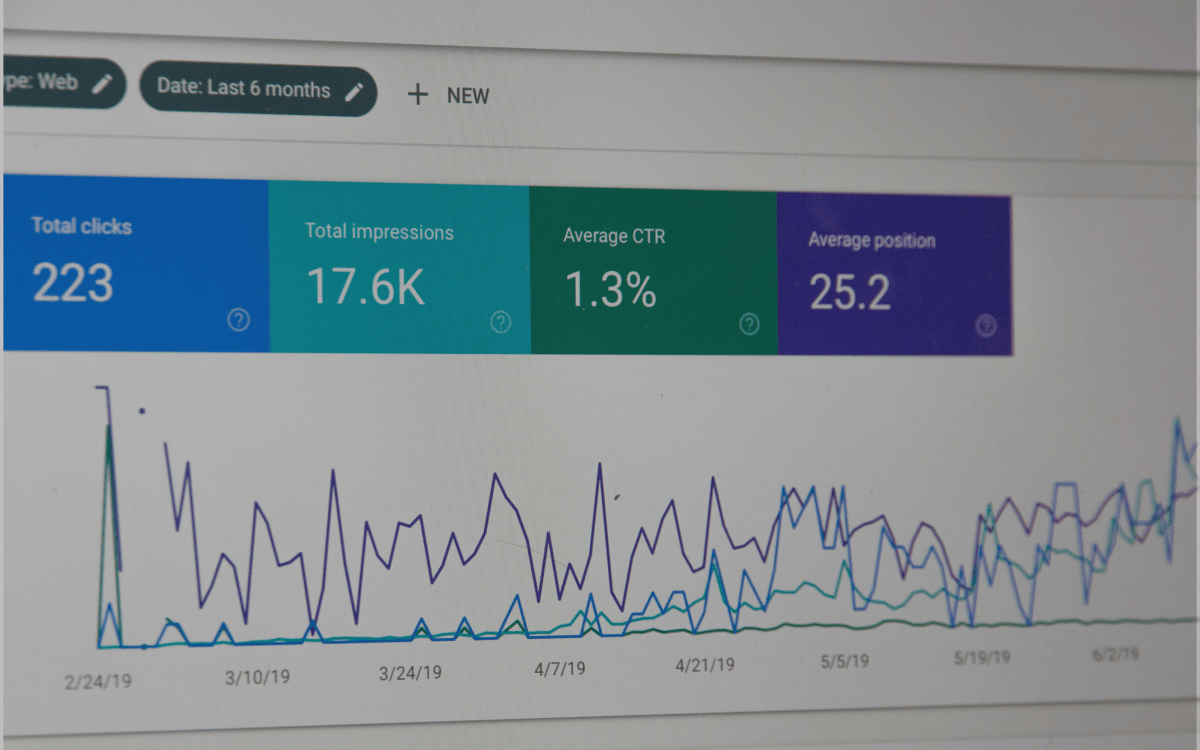Master your sales funnel in 2021 with actionable strategies and insights. Optimize every stage for maximum conversions and business growth.
Elevate your inbound lead generation game in 2021 with these 5 essential dos and don'ts. Drive quality leads and nurture customer relationships effectively.
Discover how strategic marketing efforts can effectively qualify sales leads, enhancing efficiency and conversion rates through targeted messaging and nurturing tactics.
Discover how content marketing propelled Wanted Analytics to success in our Forbes feature. Learn key strategies and insights that drove their impressive growth.





